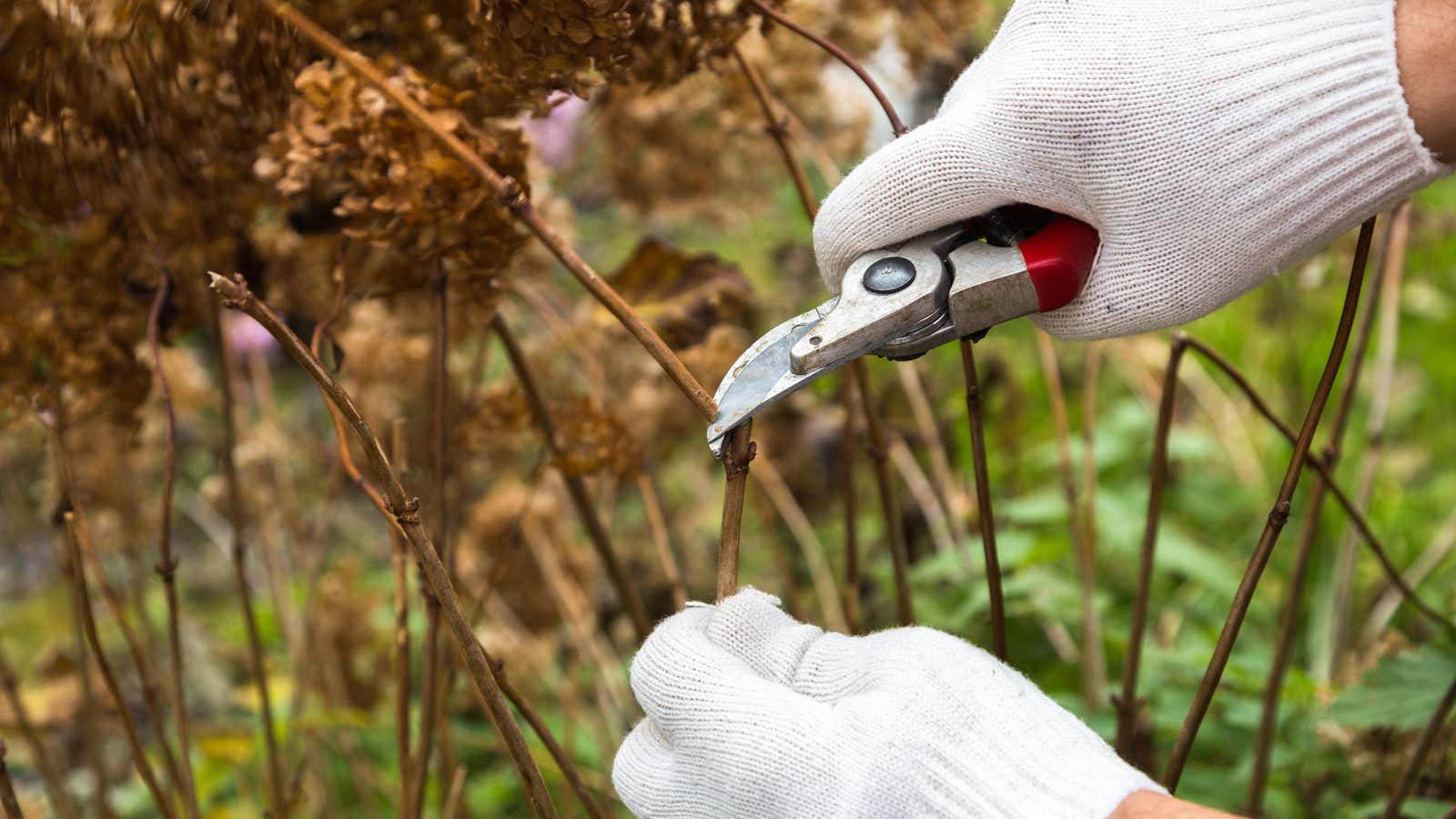Do These Things Now to Keep Your Garden Blooming Until Autumn.

As the weather heats up in late summer and you do your best to shelter from the heat, it’s easy to forget some of the important tasks that will keep your plants busy until fall. But trimming hedges and perennials, pruning your herb garden, and watering and mulching right now will help these plants produce new flowers and shoots, making fall more colorful and fragrant. Here’s what to do now to prepare your garden.
What you need to maintain your garden in the middle of summer
Most of you tend to your garden in mid to late summer with a pair of reliable garden shears and a good pair of gloves. You can also use larger hedge trimmers to trim larger plants. If you’re planning to change your watering protocol as the summer heats up, investing in a new soak hose or sprinkler may be worthwhile.
Don’t skimp on watering
The first thing to think about when your vegetables start to grow and your flowers start to die back is to water and water again. Long hot days can dry out the soil considerably, so it’s important to make sure your plants are getting enough water. Adding a soak hose or drip irrigation system is one way to ensure your garden has enough moisture. Your vegetable plants will produce more and longer with enough water, and your flowers may unexpectedly bloom a second time if they don’t dry out. Keeping your perennials’ roots healthy will also allow them to grow stronger next season, so even if you don’t get new buds this year, your water won’t be wasted.
Trimming, trimming and cropping
The next task to be tackled is pruning, pruning and pruning perennials. Hedges thicken and grow healthier leaves if they are pruned periodically. Pruning in mid or late summer gives the plants enough time to recover before the onset of cold weather. Trimming the flowers and trimming the leaves of perennials will not only help them stay healthy, but can also lead to late flowering. Pruning and picking herbs in mid to late summer will encourage more shoots to grow, making them stronger. Some herbs, such as mint and sage, can even grow additional flowers.
Take advantage of the weather to control weeds
Another great thing about hot, dry weather is that weeds dry out just like other plants. Pulling weeds and clearing garden beds littered with dead leaves is one step to keep weeds under control. Pulling weeds before they germinate will save you many hours of weeding their offspring the next season.
This is also a good time to tackle invasive species; in hot weather, plants that aggressively cut below soil level will have a harder time germinating. This will make gardening much easier in the fall, especially if you’re struggling with species such as the invasive Himalayan blackberry, which is widespread in the Pacific Northwest; English ivy, which seems to be ubiquitous almost everywhere it can take root; and kudzu, which is predominant in the southern United States. Removing invasive species during hot and inhospitable weather can help you get rid of them faster.
Add a protective layer of mulch
The hottest part of summer is a good time to spread mulch, which helps the soil retain moisture and keeps plants moist. Some gardeners also like to use straw for this purpose, although getting seedless straw can be challenging. Adding a protective layer to your beds now will also help keep weeds in check, saving you the hassle of late season and fall worries.